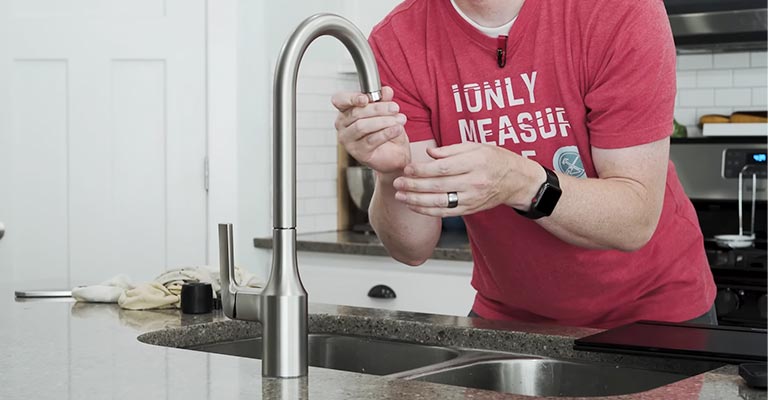Experiencing a lack of hot water after installing a new faucet can be a frustrating and unexpected issue.
You’ve gone through the trouble of replacing your faucet, expecting an improvement in your home’s plumbing, only to be met with cold water.
Don’t worry; you’re not alone in facing this problem.
In this blog post, we’ll explore the common causes behind the “no hot water after installing a new faucet” dilemma and provide practical solutions to get that hot water flowing again.
How Come I Don’t Have Hot Water After Installing A New Faucet?
This valve may have been plugged by a piece of washer. The rubber seal on faucets usually fails when they won’t fully turn off, which I have seen with similar issues.
You get a chunk lodged in the valve when you open it up again, stopping the water flow. Your new faucet may have acquired the problem from the valve. That valve needs to be fixed first.
- Turn off the house’s water supply.
- Remove the valve stem and inspect the washer to see if it is still intact.
- Install a new washer after clearing out all the debris.
- Many plumbing stores sell kits with a dozen or more in several sizes for just a few dollars, which is an excellent choice for any homeowner.
- Close the valve and turn off the new faucet while you reassemble the valve. Take the pipe or tube off the repaired valve and disconnect it.
- In order to remove any small chunks in the new faucet, I back flow cold water through the valve.
- The new faucet should be turned on to hot, then slowly moved to cold or opened to cold. Place a bucket underneath to catch the water.
- On the hot water side of the pipe, the water should flow backwards.
- Repeat the process several times from hot to cold.
- You won’t have to disassemble the faucet if water is coming out of the pipe.
- Check that the hot water flows when the repaired valve is turned on. The pipe should be reconnected to the repaired valve.
Hopefully, everything will work out. For further troubleshooting, check out the following tips:
1. Check the Hot Water Supply Line
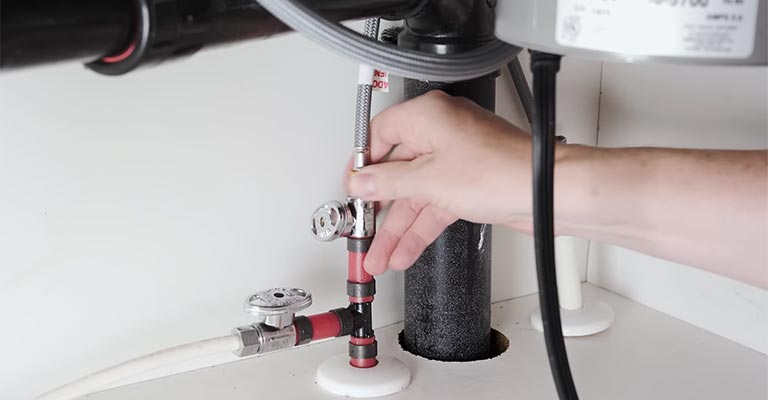
Before diving into complex troubleshooting, start with the basics. Verify that the hot water supply line is correctly connected to the faucet.
It’s possible that during installation, there was a loose connection or a kink in the line, obstructing the flow of hot water.
2. Ensure the Hot Water Valve is Fully Open
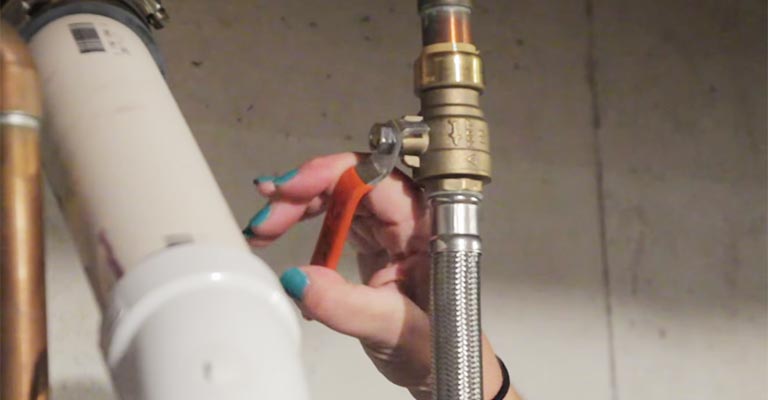
The shut-off valve for your hot water supply must be fully open. Sometimes, during the installation process, these valves can get partially closed or clogged with debris. Check and make sure it’s turned on completely.
3. Air in the Line
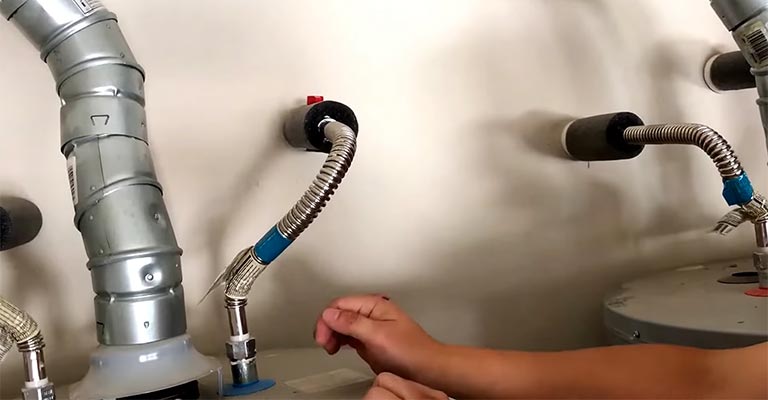
When you install a new faucet, air can become trapped in the hot water line. Turn on the hot water tap and let it run for a few minutes. This will help purge any trapped air, allowing hot water to flow freely.
4. Verify the Water Heater
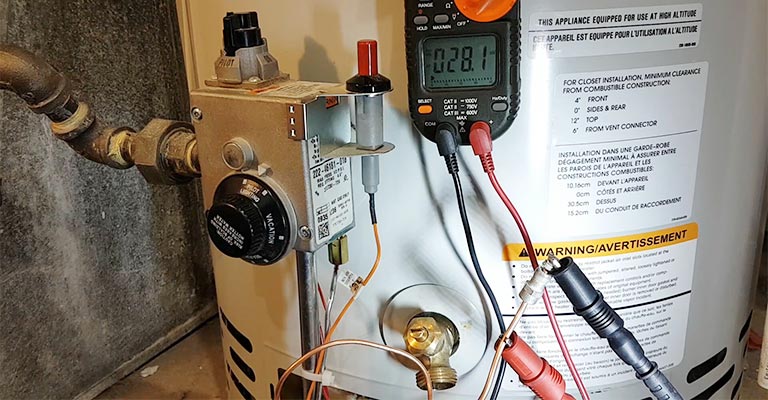
Ensure your water heater is working correctly. Make sure it’s powered on and set to the desired temperature. A malfunctioning water heater can be a common reason for a lack of hot water.
5. Inspect the Mixing Valve
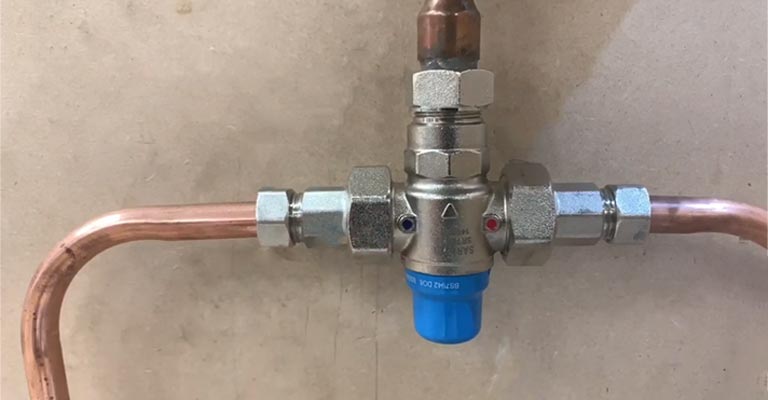
Some faucets have built-in mixing valves that control water temperature. Ensure the valve is correctly set to allow hot water flow.
If your faucet has separate hot and cold handles, check if the hot water handle is installed correctly and not jammed.
6. Look for Leaks
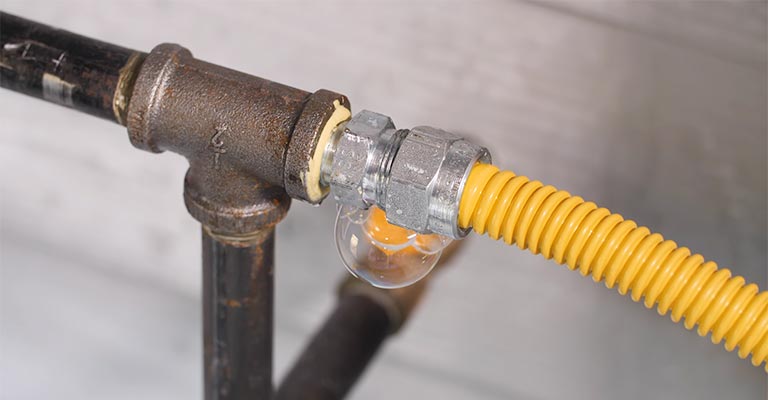
Check all connections for leaks, especially around the hot water supply line and the faucet. Even a minor leak can impact hot water flow, so fixing any leaks is crucial.
7. Insulate Hot Water Pipes
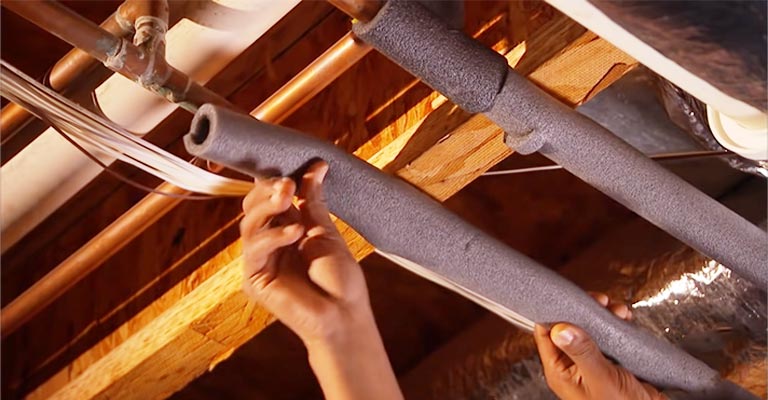
If hot water pipes leading to your faucet are not insulated, hot water can lose heat before reaching the faucet. Insulating the pipes can help maintain water temperature and improve efficiency.
Consult a Professional
If all else fails, it’s time to consult a professional plumber. Complex issues with the water heater, faucet installation, or other plumbing problems may require expert assistance.
Water Not Coming From Hot Side Of Kitchen Faucet, What Should I Do?
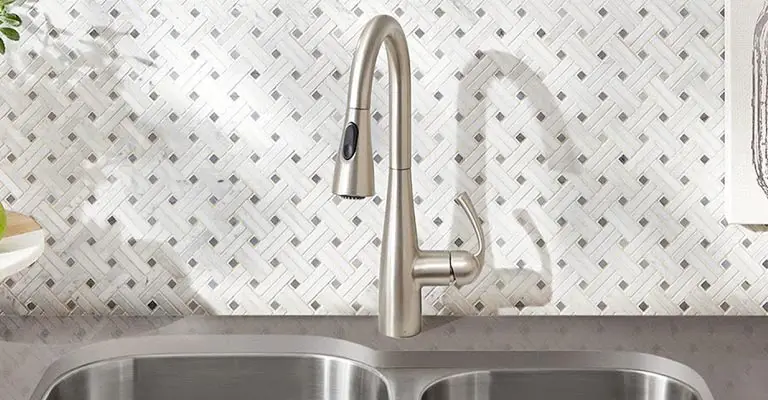
There might be some loose particles in the line that are now blocking something in the faucet. When the pipes are disturbed, this can happen.
The following tests would be useful:
Step 1:
Remove the aerator at the tip of the faucet, then turn on the water and check the pressure; if it is good, take apart the aerator and clean it, then reinstall it. Go to the next step if the pressure is not good.
Turn off the water supply under the sink and unscrew the supply line from the faucet; place the end in a bucket and turn the valve back on.
If the pressure is good, the problem is in the faucet/ cartridge, which needs to be flushed out by removing the faucet. Go to the next step if the pressure is not good.
Step 2:
Remove the supply line from the shut-off valve and connect the new supply line; place the end in a bucket and turn the valve back on.
If the pressure is good, the problem is in the supply line between the faucet and shut-off valve, which needs to be replaced. In case of low pressure, move on to the next step.
Step 3:
Make sure the main water supply is shut off and the hot water shut-off valve is disassembled to examine the rubber gasket and to see if it might be blocking the openings. If necessary, replace the valve.
Flushing the hot water heater recently should be a priority. Keeping the toilet flushed regularly prevents sediment and buildup from forming, which eventually makes its way into the plumbing system.
A faucet cartridge/aerator can become clogged with these particles. In a cold climate, if the supply line is close to an exterior wall, there is a slight chance that the pipe might freeze.
You can use a blow dryer to thaw out frozen piping if you have access to it, such as from below in a basement.
Occasionally, pipes can freeze without breaking, and if this happens, you should insulate the area around the pipes to prevent further freezing.
Conclusion
No hot water after installing a new faucet can be an unexpected and frustrating problem, but it’s not insurmountable.
By following these troubleshooting steps, you can identify and resolve the issue in many cases.
Remember, if you’re unsure about any step or encounter a more complex problem, it’s always wise to seek the help of a licensed plumber. With the right approach, you’ll soon be enjoying a steady flow of hot water from your new faucet.

